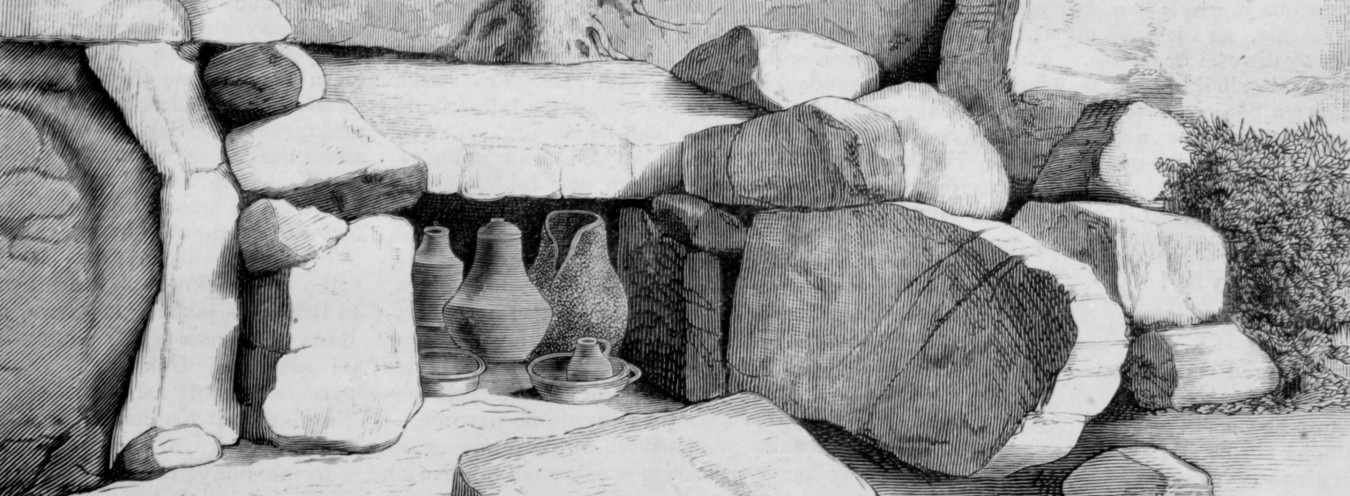
Legends
I like hearing legends told in ruins. (449)
In the Middle Ages, it was customary in monasteries and cloisters to read a hagiographic story of a saint on his or her respective feast day in the church calendar. Such accounts were called “legends.” In time, the word “legend” (from the Latin legenda: things to be read) acquired new meanings closer to a “tale” or “fable,” while the original one, derived from hagiography, became obsolete. By the nineteenth century, legends had the same status as folk tales: fictional narratives with supernatural and mystic elements. Faithfully recorded or loosely paraphrased by their collectors, imitated in other literary works and validated by historians, they were used to explain or interpret the past and the present, to keep alive the memory of momentous events and figures from the history of Poland, and to popularise the most important values. Folk tales and legends provided the material that added colour to nineteenth-century guidebooks and travel accounts, historic and fiction writing. They added colour to The Doll as well.
For instance, when Izabela visits an iron foundry during her stay in France, she is distressed by the sight of the foundry fires breathing flame and half-naked labourers like bronze statues with sombre expressions who make her think of the mythical rebellious Cyclops. She becomes truly afraid of them when she starts wondering if the workers of these hopeless chasms of Vulcan are not planning the overthrow of the privileged inhabitants of Mount Olympus (the group she feels a representative of). Yet another example is the Prince, whose sentimentality makes him look back into the past and blindly believe the fantastic tales about his ancestors, put forward by heraldists and historians; he sees them as a proof for the divine origins of the aristocracy. Finally, carpenter Węgiełek recounts the gory legend of great treasures hidden in the castle vault, a sleeping lady and an infatuated smith. Will Wokulski and Izabela, listening to Węgiełek in the ruins of the Zasław castle, realise that they are very much like the characters of this sad love story?
→ Ruins;
Bibliografia
- H. Kapełuś, Podanie entry in Słownik literatury polskiej XIX wieku, ed. J. Bachórz and A. Kowalczykowa, Wrocław 1994.
- S. Rosiek, Legenda entry in Słownik literatury polskiej XIX wieku, ed. J. Bachórz and A. Kowalczykowa, Wrocław 1994.
- Podanie – legenda w tradycji ludowej i literackiej, ed. M. Jakitowicz and W. Wróblewska, Toruń 2007.


